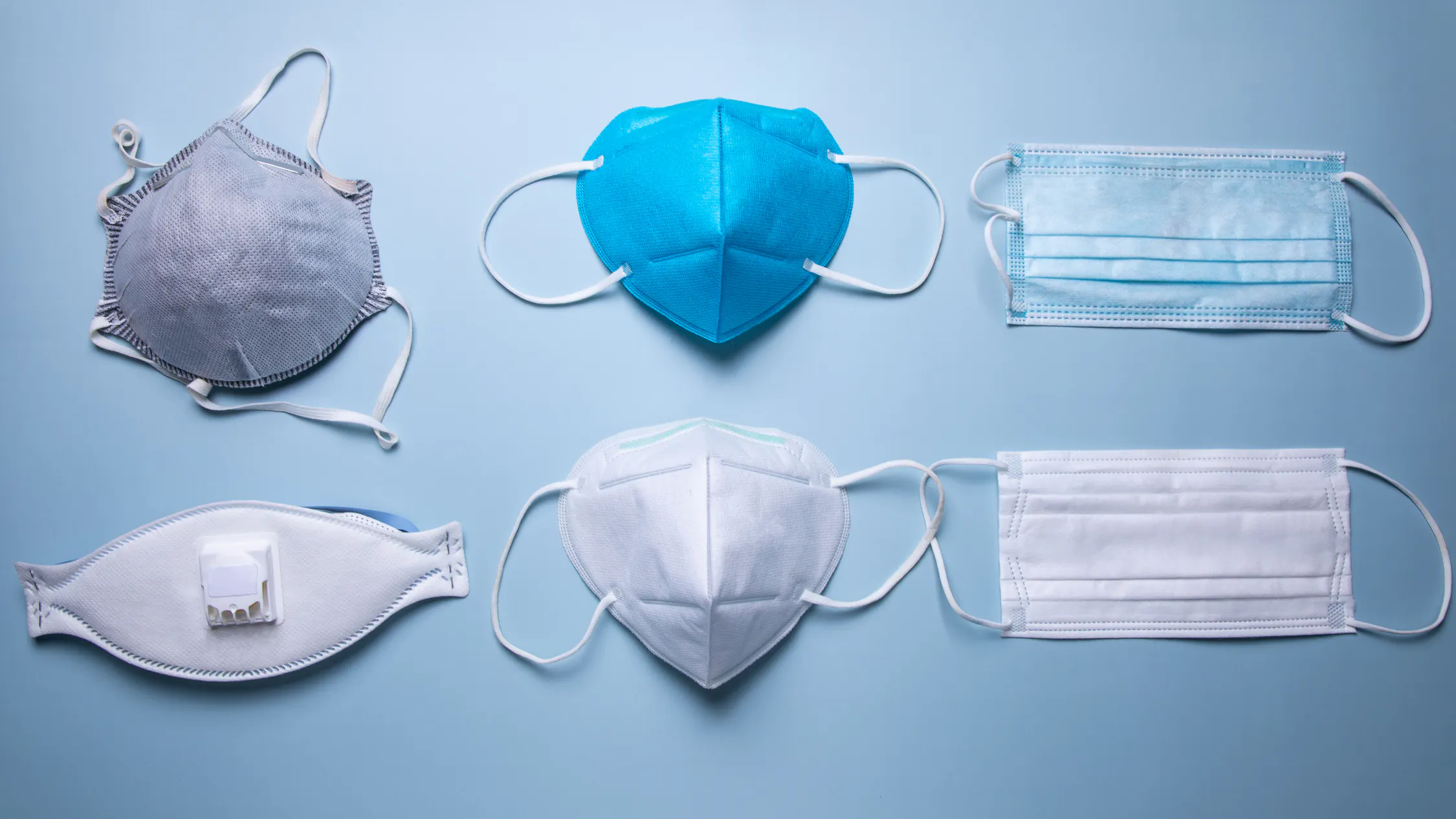First we were told face masks weren’t helpful in reducing the spread of the coronavirus because they would cause us to touch our face more and then spread the disease to others. Then we were told to wear the masks to save lives and reopen the economy.
Now the Centers for Disease Control and Prevention warns that face masks with vents or valves don’t reduce the spread of the virus, as those additions that allow the user to breathe easier can deposit more “expelled respiratory droplets that can reach others.” In guidance updated late last week, the CDC added a warning about face masks with exhalation valves or vents.
“The purpose of masks is to keep respiratory droplets from reaching others to aid with source control. However, masks with one-way valves or vents allow air to be exhaled through a hole in the material, which can result in expelled respiratory droplets that can reach others. This type of mask does not prevent the person wearing the mask from transmitting COVID-19 to others. Therefore, CDC does not recommend using masks for source control if they have an exhalation valve or vent,” the CDC warned (emphasis original).
Even some N95 and KN95 masks contain valves or vents, meaning that just because they’re recognizable, doesn’t mean they’re safe.
The new guidance comes after researchers at Duke University tested different types of face masks and revealed that the popular, breathable “neck gaiters” may be worse than wearing no mask at all. The Daily Wire’s Joe Curl previously reported that the researchers “used a laser-like device, a cardboard box and a cell phone camera to capture individual particles released from a person’s mouth when they speak.”
“Test subjects spoke the same phrase into the box, first without a mask, then with one on. Each type of face covering was tested 10 times,” Curl continued.
“Even very small particles can do this kind of [light] scattering,” one of the study’s co-authors, Warren S. Warren, told The Washington Post. “We were able to use the scattering, and then tracking individual particles from frame to frame in the movie, to actually count the number of particles that got emitted.”
The Washington Post also reported that major U.S. airlines have banned the use of masks with valves. On Wednesday, American Airlines became the latest airline to ban such masks being worn by passengers.
“Wearing a face covering is a responsibility we all share. An effective covering, worn properly, is one of the best ways we can control the spread of COVID-19 to protect our team members and customers,” said Alison Taylor, Chief Customer Officer at American. “Since American began requiring face coverings in early May, the vast majority of customers have welcomed our continuing efforts to strengthen the policy based on the CDC’s guidance.”
American also offered lists of what was allowed and not allowed on its flights:
Allowed:
- A well-secured cloth or mask that fits snugly against the face and covers an individual’s nose and mouth. It must be made of a material that prevents the discharge and release of respiratory droplets from a person’s nose or mouth.
Not allowed:
Face coverings with exhaust valves.
Face coverings made with materials such as mesh or lace fabrics.
Face coverings that do not cover the nose and mouth.
Face shields without the addition of a face covering.

.png)
.png)
.png)

